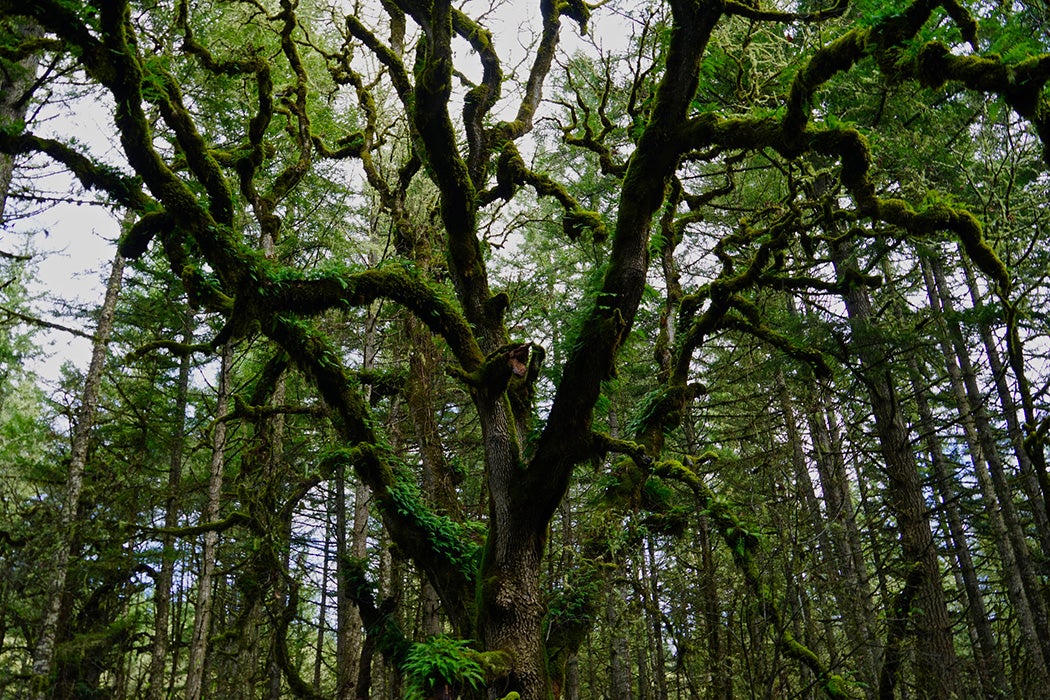Old growth forests are often famed for their beauty, and for their cultural and historical significance. But there’s more to old growth than just the age of the trees.
Merrill R. Kauffman, the author of a study on western old growth, writes “[i]t is difficult to write a definition of old growth that will be applicable to all forests. To some people, old growth is simply a forest that has not been disturbed by logging. ‘Untrammeled by man,’ ‘cathedral old growth,’ ‘legacy forests,’ and other terms come to mind.”
These forests include deadwood, species diversity, and other structural attributes that make them unique and worth preserving; the details of the forest can vary from place to place. But one thing is for certain about old growth forests: these ecosystems must be preserved for species diversity, habitat, and carbon sequestration.
A study by William H. Martin in the Appalachian region in the United States focuses on old growth found in Mixed Mesophytic Forests, or temperate forests in moist environments. Here, there is little human disturbance to be found, and pockets of old growth arose because they evaded logging. The ecosystems have high plant richness, trees over 200 years old, and many downed trees. These forests are valuable for their species diversity and habitat provisioning.
A different story unfolds out west, where frequent fire is a common natural occurrence, and some forests or tree species rely on these fires. In the study led by Kauffmann, the team compared old growth in different areas of the western United States, showing that old growth forests of the west are likely characterized less by human influence, and more by which trees survived severe fires. Fire type and frequency is the largest driver of a forest becoming old growth in western ecosystems.
These forests, though thousands of miles apart, are both considered old growth, and are valuable both now and for the future. Both are species rich and provide habitat as well as sequestering carbon, a characteristic that is important to mitigating climate change. Kauffman sums up the dilemma well: “Just as there are many different types of forests for the diverse array of climates, soils, and topography in the western United States, there are many different types of old-growth forests.”
Weekly Newsletter
Protecting old growth forests, and encouraging growth in younger forests, is a key priority in modern forest management.
“Management of old growth truly differs from other forest management because there is more emphasis on the amount and status of dead material and the multitude of activities associated with it” concludes Martin, “the living members take care of themselves.”
Support JSTOR Daily! Join our new membership program on Patreon today.







